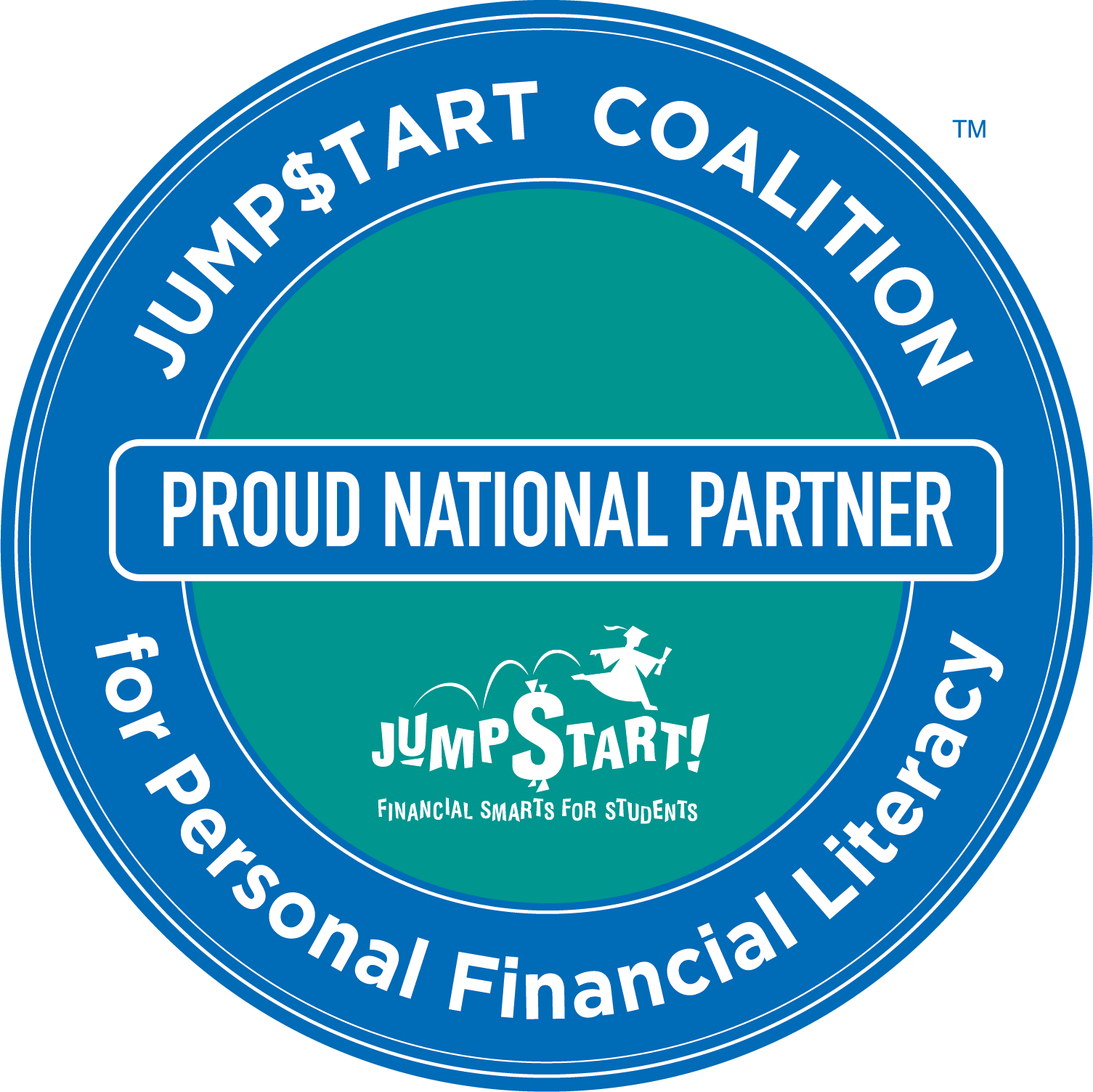The following is adapted from the “Your Money Vehicle” textbook.
Why do you put on sunscreen? Why do you study for a test? Why are you allowed to drive?
We are made very aware that there is no escaping risk in life, in fact, it feels as if it lies around every corner.
So, the question isn’t whether or not you will deal with risk. But rather, it’s how you’ll deal with it.
Whether we’re talking about going to the beach, taking a class, or driving your car, most situations carry risks, and personal finance is no exception. Fortunately, there are several strategies to handle risk that can save you time and money.
In this article, I’ll explain four simple ways to approach financial risk and how to properly handle the different types of risk.
Assessing Risk: Likelihood and Damage
Before you can decide how to handle risk, you need to understand its nature. How you will deal with this will be decided based on your response to these two questions:
- What is the likelihood that the event will occur? Low or high?
- What is the level of damage the event would cause? Low or high?
Your answers to those two questions will influence your plan of action. Let’s look at an example of each risk scenario as if you are getting behind the wheel of a car.
Retain a Risk: Low Low
If the likelihood that the event will occur is low and the potential damage is low, you want to retain the risk.
The chances that you will get a flat tire driving home tonight are low, and the only damage would be the flat tire, which you’d then have to replace with a spare. This is the type of risk you handle by changing your tire. The reward—being able to drive yourself home instead of relying on public transportation—is worth the low risk of getting a flat tire.
Reduce a Risk: High Low
When the likelihood of an incident is high but the damage is low, you want to reduce the risk.
Driving around, it is inevitable that you will eventually run out of gas, and the damage would be an empty gas tank, which you’ll then have to fill. You handle this risk by keeping your gas tank full, consequently reducing your chance of running out of gas.
Avoid a Risk: High High
When the likelihood of an incident is high and the damage is high, you want to avoid the risk.
We have all seen commercials that say something like, “If you drive drunk, you will be caught!” The risk of getting caught for a DUI is high, not to mention the damages—both socially and financially—are very high! Any risk that can result in death, to yourself and others, should be avoided at all costs.
Transfer a Risk: Low High
Lastly, when the likelihood of an incident is low but the damage is high, you want to transfer the risk.
Accidents happen, there’s no doubt about it, but if you practice safe driving, the likelihood of having an accident is low. However, when accidents do occur, the damages can be very high. This type of risk, one you cannot avoid and that is too costly to retain, is a risk you transfer to someone else. This transfer of risk is called insurance.
Manage Your Financial Risk
In the same way that you can use these different approaches to manage the risks of driving, you can also use them to handle your financial risks.
- Are you worried about damaging your new house? Transfer that risk by purchasing home insurance.
- Opening a new credit card? Reduce the risk of paying your bill late by setting up auto payments.
- Thinking about investing all of your savings in a questionable start-up? Avoid that risk by making safer investment decisions.
These are just a few examples, but by gauging the likelihood and damage of an incident, you can determine the best way to handle any type of financial risk you might encounter and minimize the damage.
Check out the Money Vehicle textbook — you can find it here on Amazon. And if you like what you see, you can get more content sent directly to your inbox! Sign up for the Money Vehicle Movement Newsletter!
And check out our white paper: “Strategies for Increasing Financial Literacy Rates Among High School and College Students”
More from Money Vehicle:









